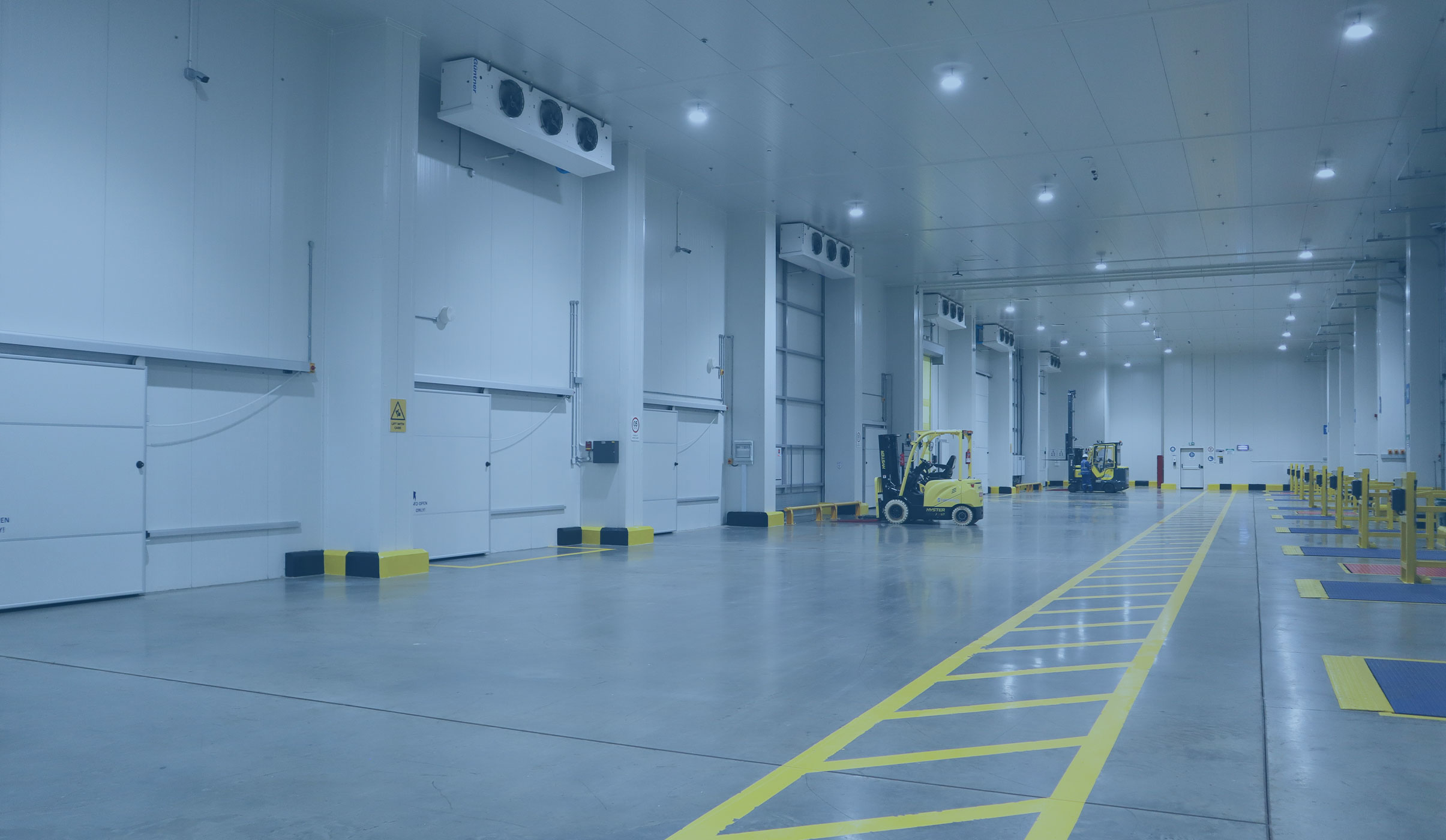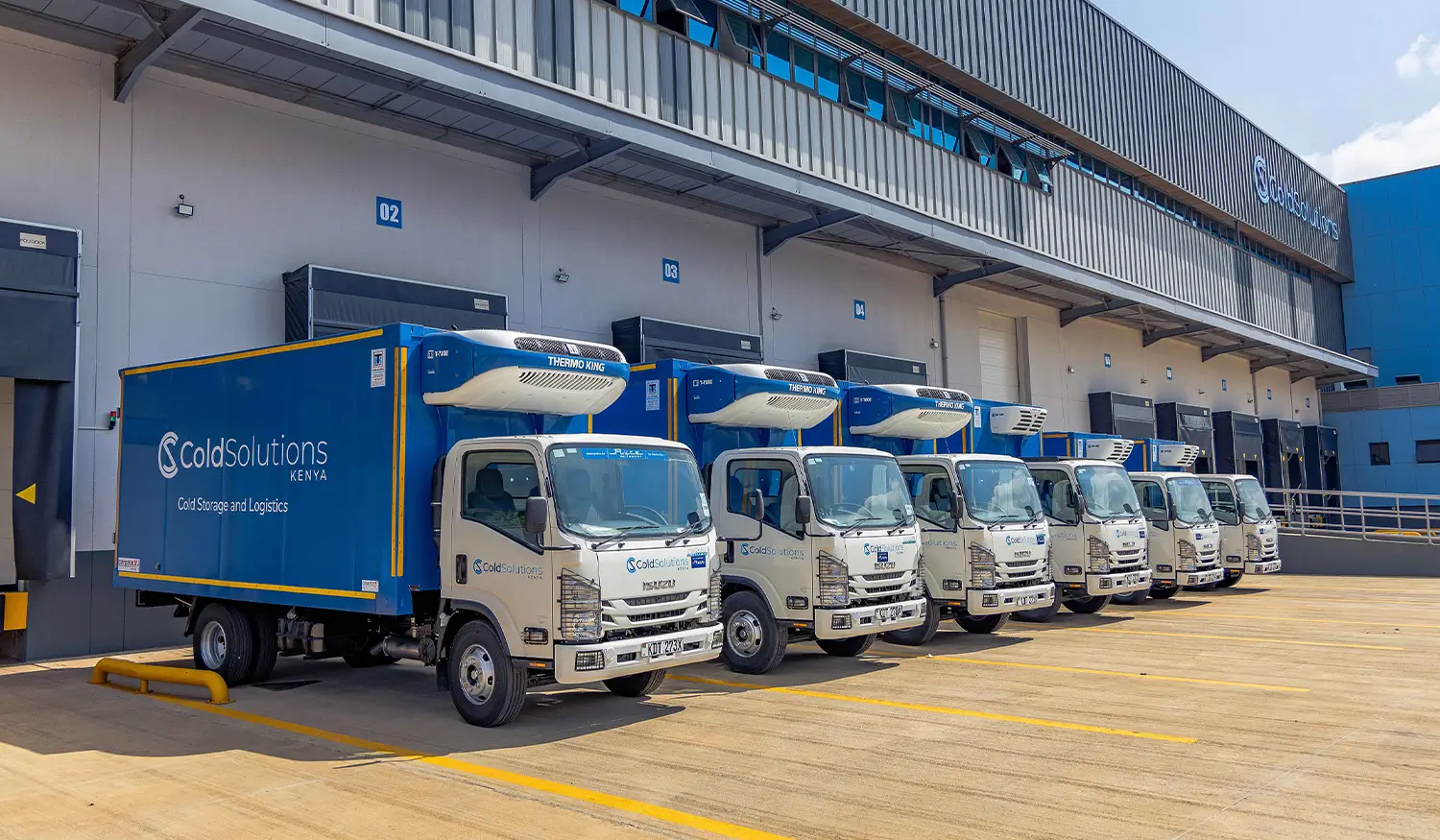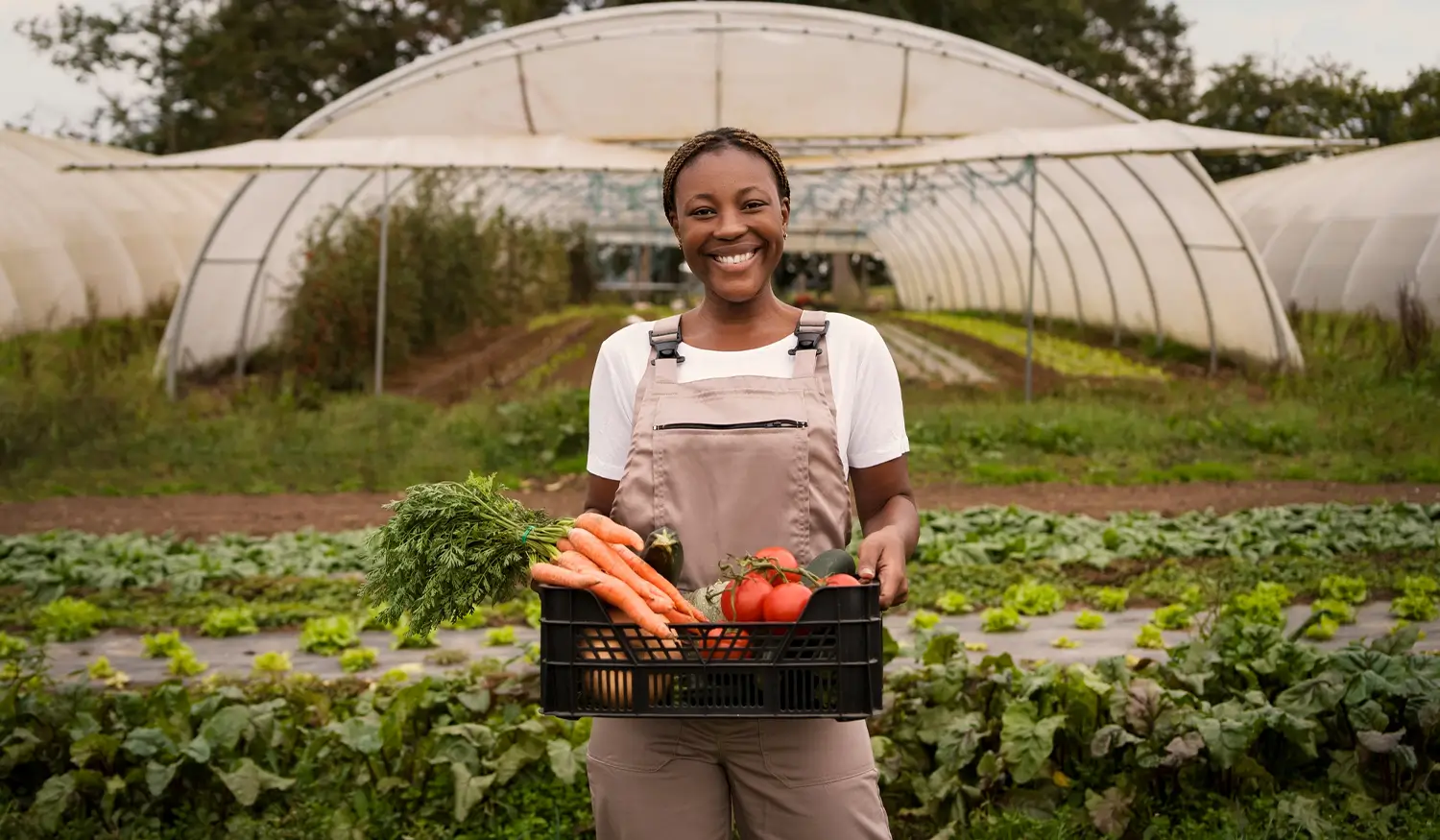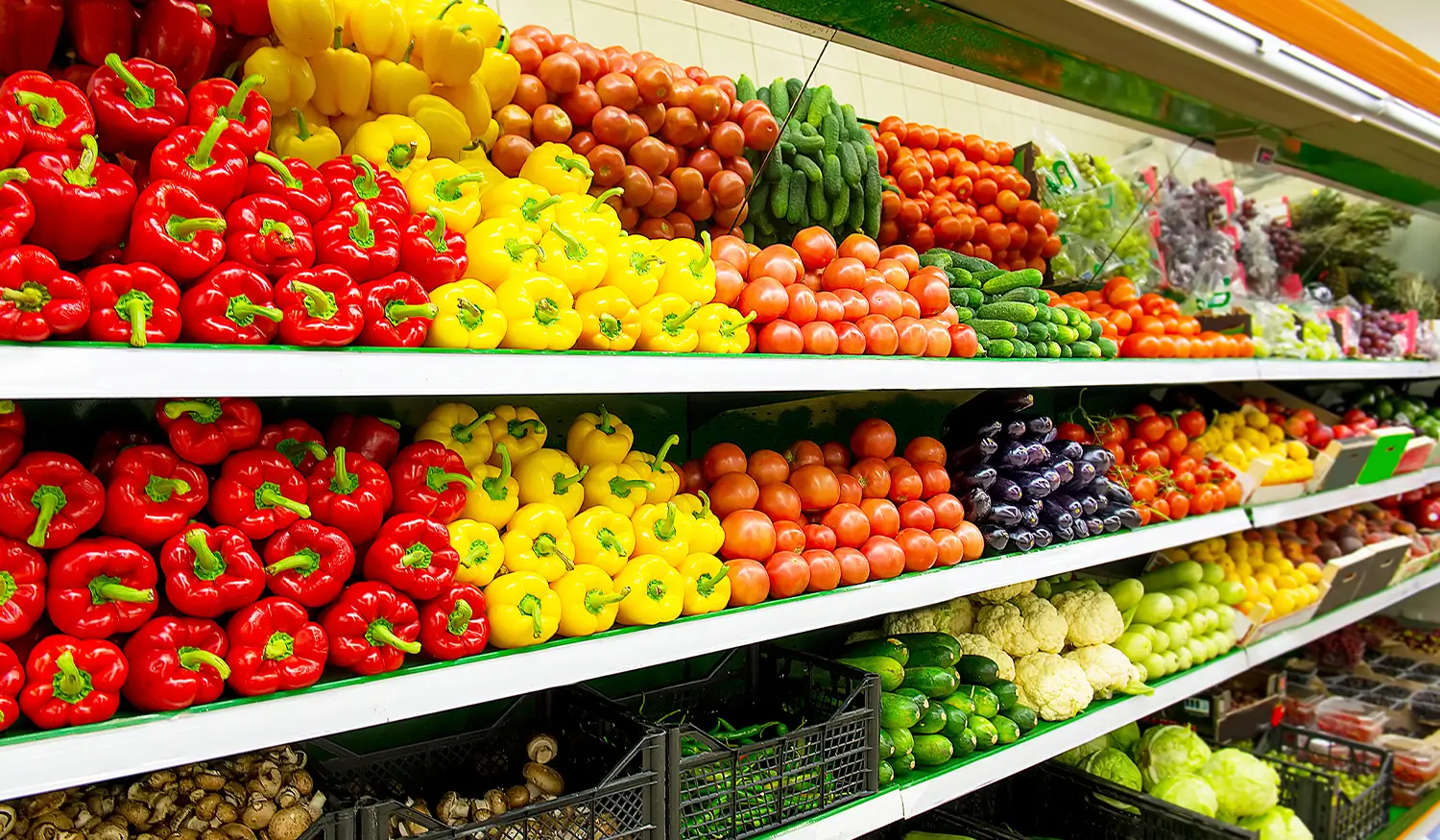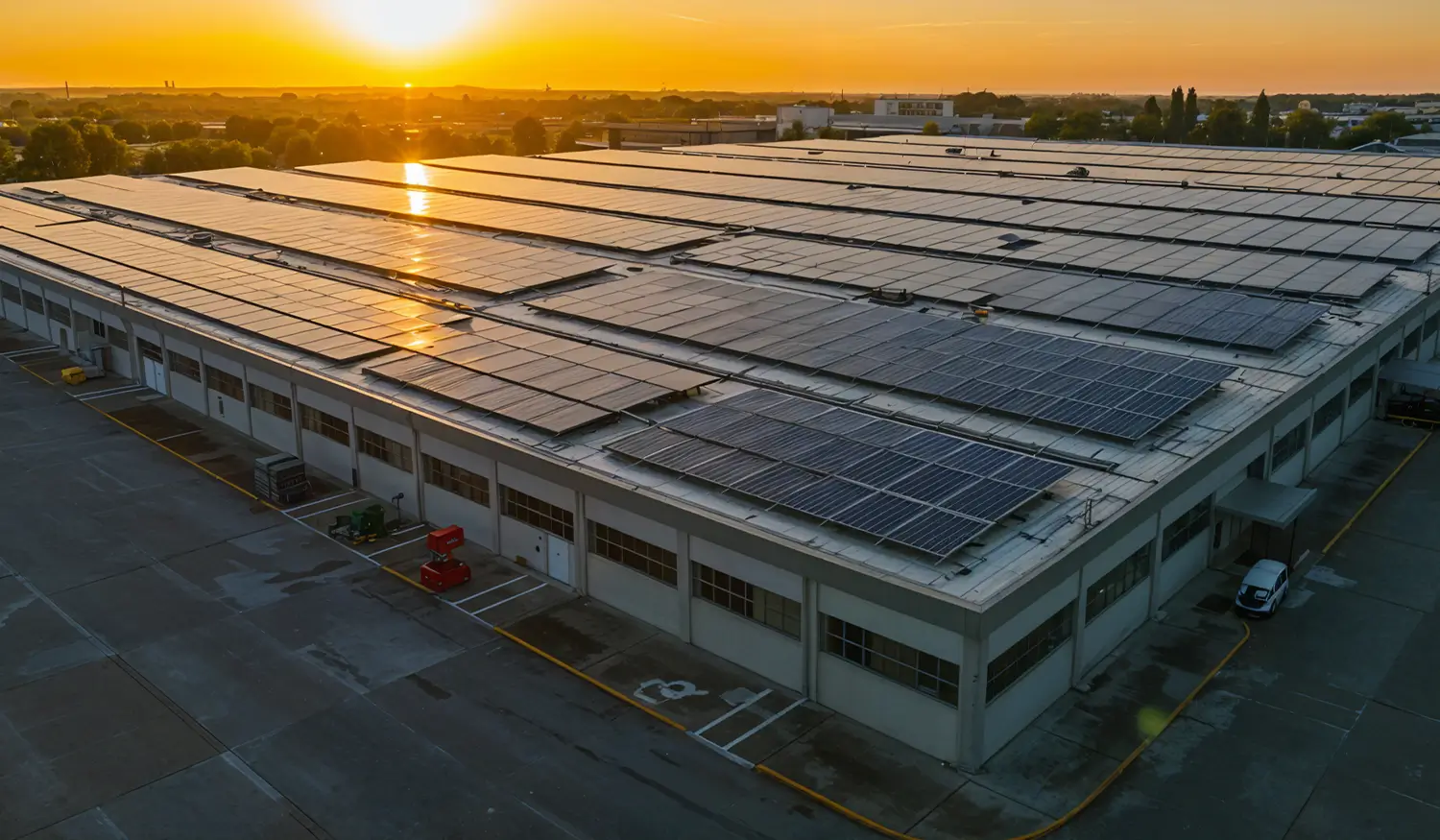
Food loss and waste (FLW) continues to pose a massive threat to global food systems, impacting economies, contributing to climate change, and exacerbating food insecurity. According to the FAO, approximately 30% of food produced for human consumption is lost or wasted every year. This translates to a shocking 1.3 billion metric tons of food globally.
In Africa, the numbers are even higher, with 30–50% of food lost before it ever reaches the consumer. In East Africa, food loss and waste is estimated at 40%, affecting everything from fresh produce to dairy and protein-based foods.
The Human & Environmental Cost of Food Waste
Food loss contributes directly to undernourishment in Africa, with about one-third of the continent’s population facing food insecurity. That means millions of people are going hungry while vast quantities of food are spoiled, mishandled, or left to rot.
Beyond human suffering, the environmental toll is just as severe. As food waste decays in landfills, it emits methane, a greenhouse gas that is 28 times more potent than carbon dioxide in trapping heat. The 40% FLW in East Africa alone results in significant methane emissions, which translate to millions of tons of CO₂ equivalent released into the atmosphere each year. This is a major, yet often overlooked, contributor to climate change.
The Role of Cold Chain Logistics: A Practical, Proven Solution
One of the most effective tools to combat FLW, especially in developing economies, is temperature-controlled supply chains. By maintaining ideal conditions from source to shelf, cold chain systems help extend shelf life, reduce spoilage, and preserve nutritional value.
At Cold Solutions Kenya, we ensure that fresh produce, dairy, meat, seafood, poultry, and plant-based proteins remain in optimal condition from farm to market. We also serve manufacturers of value-added goods, including ice cream, confectioneries, processed milk, and other dairy products.
With proper cold chain infrastructure in place, clients have the potential to reduce food loss from up to 40% to as low as 10–15%, dramatically improving profitability, food security, and sustainability.
What Can Kenya Learn from Global Food Waste Leaders?
Some countries have made remarkable strides in reducing food waste:
- France – First country to legally ban supermarkets from throwing away unsold food, mandating donations to charities.
- Japan – Leveraging AI and precision inventory systems to reduce waste at both the production and retail levels.
- Denmark – Created consumer-driven digital platforms like Too Good To Go that connect surplus food with consumers in real time.
These examples show that policy, innovation, and infrastructure can work together to drive impactful results.
The Opportunity for East Africa
Kenya stands at a pivotal point. With population growth, rising food demand, and an evolving logistics sector, investing in robust cold chain solutions is no longer optional—it’s essential. The time to act is now:
- Strengthen cold infrastructure across the supply chain—from post-harvest handling to last-mile delivery
- Encourage public-private collaboration for sustainable cold storage development
- Create awareness around the economic and environmental cost of food loss
Let’s Rethink the Way We Handle Food
At Cold Solutions Kenya, we are proud to support businesses across the region in reducing food waste, protecting the environment, and feeding more people. Let’s adopt proven global strategies and adapt them to fit our local realities. The fight against food loss and waste starts with collaboration, innovation, and bold action.

